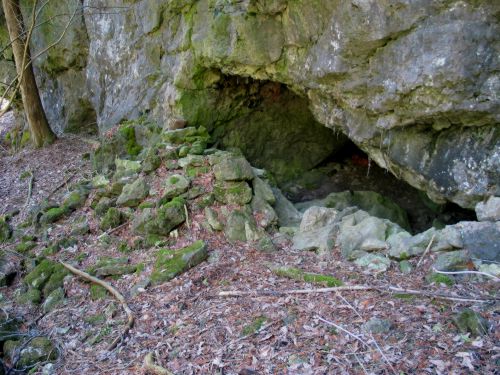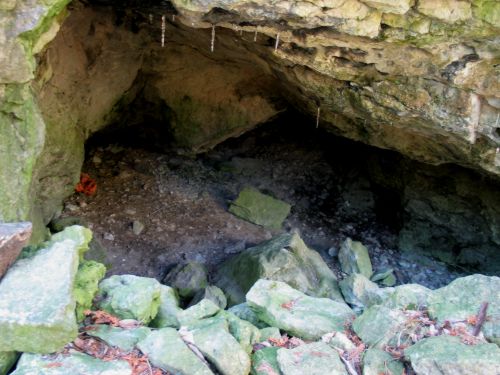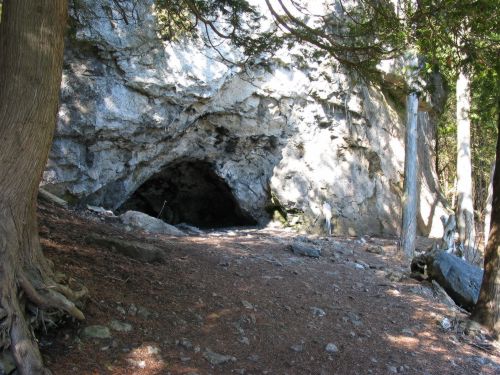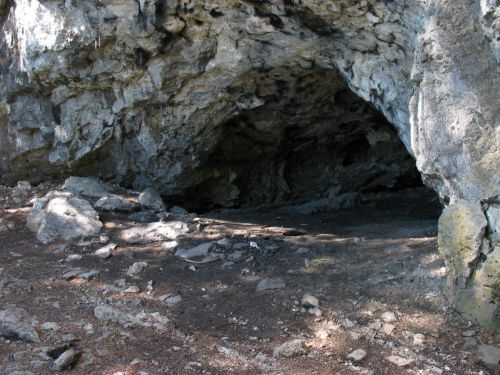|
|
Home →
Survival →
Shelter
Caves
|
|
In the right circumstances caves can be ideal natural shelters. However,
there are some things to keep in mind:
- Make sure that the rock structure is sound and there are no
rocks poised to fall from the roof on you while you're inside.
- Make sure that no dangerous animals are already occupying or
using the cave. Wildlife may depend on the cave for shelter -
remember it's their home, and your presence may seriously interfere
with their life.
- A dry cave is better than a wet cave. Although having a few
drips from the ceiling is better than being out in a cold rain.
- Some caves may be very bad places to be in a thunderstorm.
- Caves are a very bad place to be during an earthquake.
- If you must take shelter in a cave, please try to keep it clean.
If you build a fire, use existing fireplaces, don't attempt to burn
unburnable trash (such as foil), and keep your fire small. Clean up
after yourself.
|
 |
Here's a small cave that could easily fit a few people for sleeping.
Note the apparent solidity of the rock - it doesn't seem likely to
break apart anytime soon.
Note also that someone has built up a small rock pile to shelter
the entrance. | |
| |
 |
A view of the inside. There's only a few very small icicles hanging
from the ceiling near the entrance, so this cave is very dry.
There's room for a small fire inside. | |
| |
 |
Here is a much larger cave in the same area as the above cave. It is
big enough to walk into standing up. This cave would likely be
safe in a thunderstorm, as it is not at the base of a really tall
cliff, and is hidden deep in a wooded area.
The dangerous caves to be in during a thunderstorm are those that
are exposed or are in the path of lightning as it travels down from
higher up through the rock. As it travels past the cave, the
lightning sometimes leaps through the air, across the cave where you
might be sitting! | |
| |
 |
A closer view of the same cave. Again, this is a dry cave, and in
fairly solid rock. | |
|
|
|
|